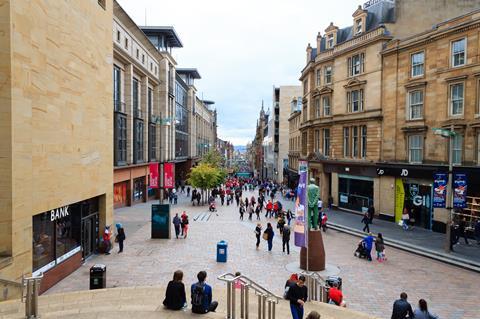
Shops vacancy rates fell in the first three months of the year as the economy fully reopened, but remained well above pre-pandemic levels.
The overall shop vacancy rate across the country was 14.1% in the first three months of 2022, down from 14.4% in the last quarter of 2021, according to the BRC and Local Data Company.
It is only the second quarter in which the vacancy rate has fallen during the last four years.
Vacancies dropped in all location types in the latest quarter, including high streets, where they fell from 14.4% to 14.1%. Shopping centres dropped from 19.1% to 19% and retail parks went from 11.3% to 10.6%.
However, the overall rate remained some way above quarter one of 2020, at the onset of the pandemic, when it stood at 12.1%.
BRC CEO Helen Dickinson said improvement came from “more city workers back in the office and more tourists out on the streets”.
“This allowed some businesses to grow and invest in repurposing and reopening empty units, especially in retail parks and high streets,” she said.
But she warned of more uncertainty ahead. “It remains to be seen how the increasing costs and the war in Ukraine will impact on businesses and the vacancy rate in the future. While people’s shopping habits have changed, the need for vibrant communities at the centre of our towns and cities has not. Government should look to reform business rates so that businesses can invest in these areas that need it the most.”
Local Data Company director Lucy Stainton said: “The latest figures show a continued and welcome reduction in empty units across nearly all regions in England as well as across both Scotland and Wales, as market recovery continues post-Covid.
“This decline in vacant space is being driven by further repurposing of retail space, growth in the independent sector and an increase in activity across the chains as well, as many brands are back on the acquisition trail after the pandemic stalled growth.”









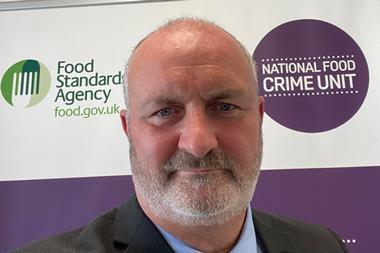

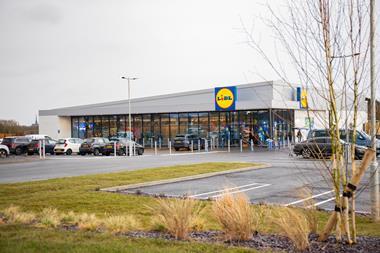
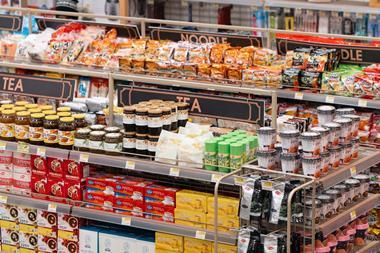


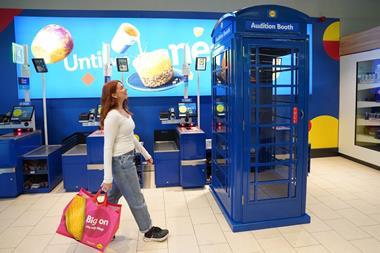


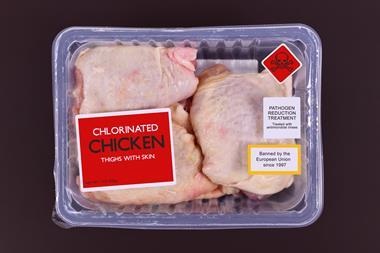
No comments yet